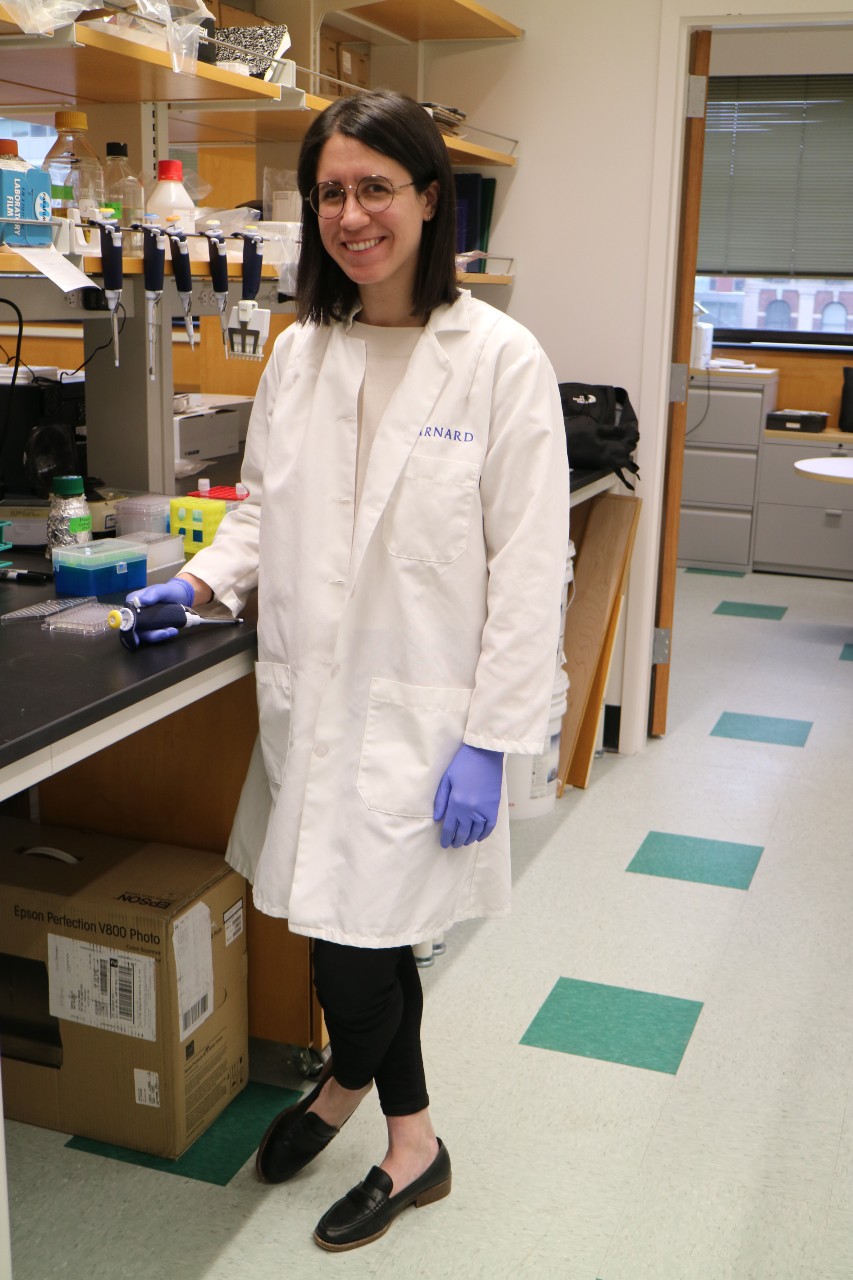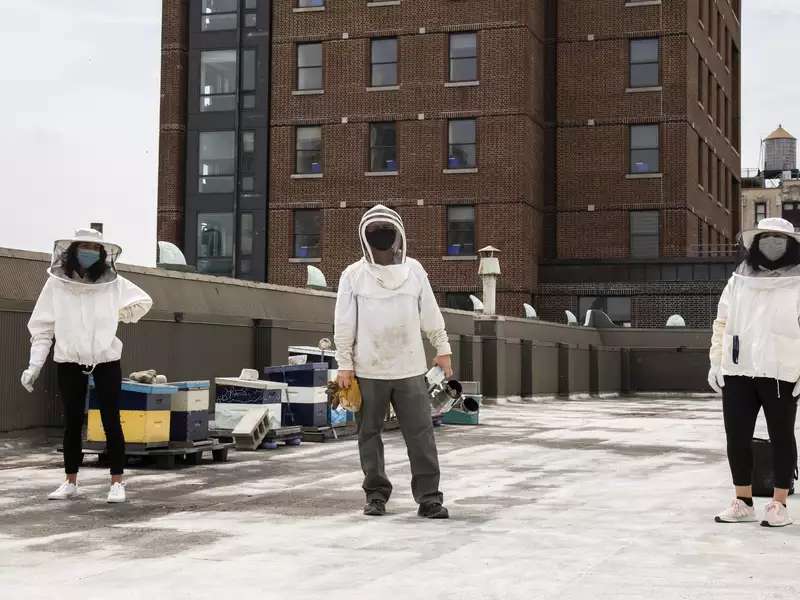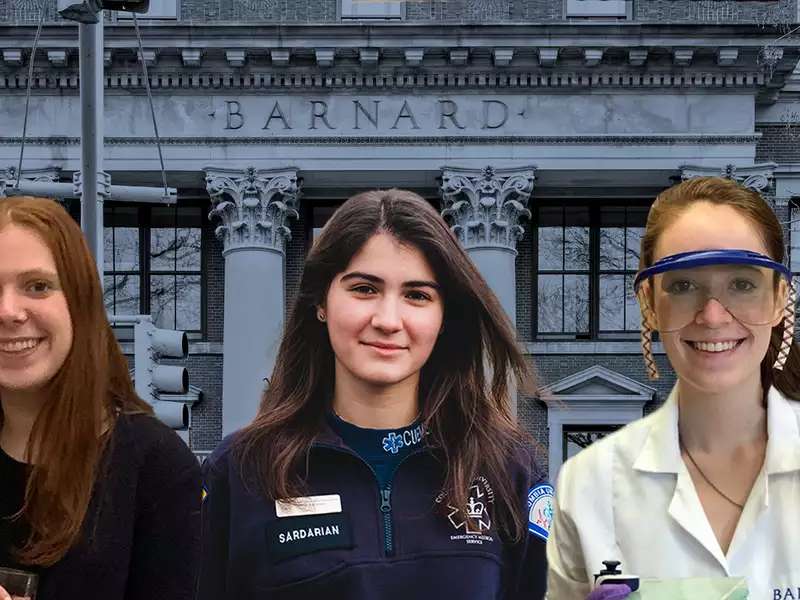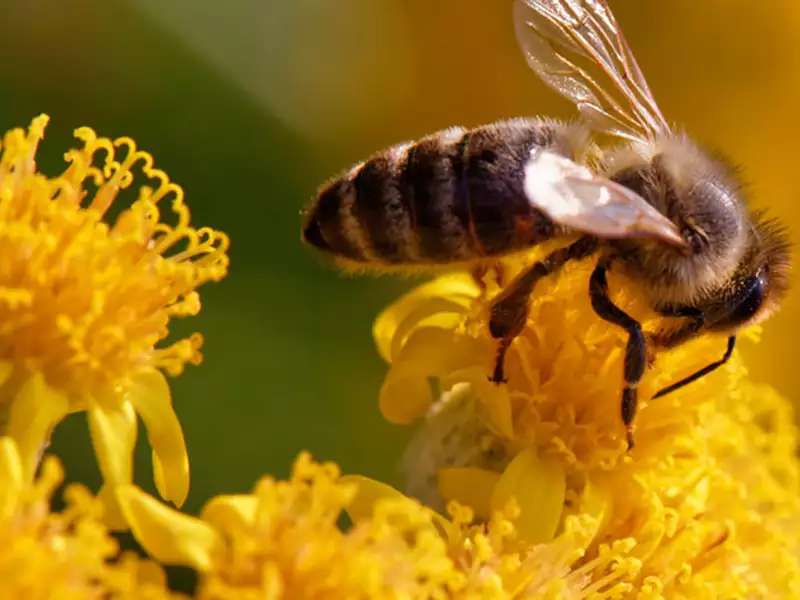This year, November 18th marks the start of the U.S. Antibiotic Awareness Week. According to the CDC, though antibiotics are a key tool in the fight against a number of infections, 28% of antibiotics prescribed in the U.S. are unnecessary, and the overuse of these drugs contributes to the development and rise of antibiotic resistance in many pathogens. Because this results in the ability of many bacteria and fungi to develop the ability to survive in the presence of drugs designed to kill them, this poses a serious public health concern. As a consequence, millions of Americans are infected by these resilient pathogens each year and tens of thousands die as a result of infection or complications that arise in response.
This week, we sat down with new faculty member, Dr. Allison Lopatkin, who investigates the ecological and evolutionary dynamics of microbial populations using a systems dynamics approach. In the interview below, we discuss her work as a computational biologist, antibiotic resistance, and mentorship in the lab.
Tell us a little bit about yourself. What was your trajectory before Barnard, what do you teach and study, and how do you spend your time outside of the lab?
I actually grew up just outside of NYC, and even though I majored in Applied Mathematics at the University of Rochester, I always knew I wanted to have some connection to the medical world, which is why I also followed a pre-med track. As part of that path, I joined a research lab where the focus was on developing a vaccine against MRSA, which is a drug-resistant bacterial infection common in hospital settings. After a month in the lab, I never looked back; I saw the importance—and urgency—of antibiotic resistant infections, which is something I had never really been exposed to before. I quickly realized that it combined a diverse skillset of bench work, modeling and quantitative analysis; at the same time, it fulfilled my medical interests and offered even greater reach than individual doctor-patient interactions. After graduating, I went on to earn a doctorate in Biomedical Engineering at Duke University, where I focused on antibiotic resistance and horizontal gene transfer in bacteria, before taking a postdoc in Jim Collins’ lab at MIT and the Broad Institute in Cambridge, MA.
I was thrilled to join the Biology Department at Barnard last year. I teach courses in MATLAB programming and mathematical modeling, as well as some upcoming options in computational biology (stay tuned!). I also run a full research lab; our work focuses on combining benchtop experiments, computational modeling, and bioinformatics to investigate the mechanisms underlying the evolution of antibiotic resistance. When I’m not in the lab, my husband and I are always looking for chances to go on hiking/backpacking and camping trips—backpacking through Patagonia for a month as one example! Apart from the wilderness, I love running and spending time with my friends, family, and dog Tiki (even though she’s not really a fan of long hikes).
What is computational biology and how did you know that this is what specifically interested you in the broader world of biology? When did you start focusing on this area of study and what could an undergraduate do today if they're interested in this field?
Broadly speaking, computational biology emphasizes the use of theoretical and mathematical techniques to investigate biological questions. These techniques include computational simulations, bioinformatics, artificial intelligence, and machine learning, among many others; it’s a broad term and there’s a corresponding breadth of research questions that can be tackled with these techniques.
Personally, my interest in computational biology grew out of my twin passions for medicine and math—as a graduating senior, computational biology seemed like an ideal field in which to combine those two, and I chose to pursue graduate studies at Duke largely due to my advisor’s strong emphasis on computational and modeling approaches. In my opinion, these techniques are, and will continue to become, increasingly important in all fields of biology.
I think the most important thing for current students interested in computational biology is to make sure they have a strong foundation in computer science and mathematics. These skills will be broadly adaptable to various computational biology tools; more importantly, you’ll learn a specific, quantitative way of thinking about biological questions that will complement the training in more classical courses. At the same time, I’d encourage students, if interested, to pursue extracurricular research opportunities either here at Barnard or at any other NYC lab.
This year, Antibiotic Awareness Week is November 18th – 24th. What is antibiotic resistance and why should we be worried about it? Who will it affect the most and what are the most promising solutions right now?
I’m glad you asked! In general, antibiotic resistance refers to any and all ways in which bacterial species are able to survive antibiotic treatment; certain species have become in essence immune to particular drugs. This is a growing problem, both in the US and around the world; given the speed at which bacteria can develop resistance capabilities, and the significant lack of resources devoted to new antibiotic development, we’re rapidly reaching a point where most existing drugs are becoming ineffective. If we keep going on this track then infectious diseases like MRSA, which for decades haven’t been considered serious threats thanks to antibiotics, will continue to rise. The other worrying aspect of antibiotic resistance is the human-fueled prevalence of antibiotics in nature; these drugs are used in farming and agriculture, overused in the clinic, and circulate through the water supply—all settings in which bacteria can continue to develop—and share—resistance mechanisms.
As with all public health concerns, pre-existing economic and demographic disparities put certain groups at disproportionately heightened immediate risk— the inability to afford medical treatment, subpar sanitation or water filtration systems, and even lack of access to antibiotic-free foods all fall along these lines. However, the reality is that antibiotic resistance puts all modern medical achievements at risk, so it affects everyone, everywhere. This this is truly a global threat, and it’s definitely in everyone’s best interest to fight this trend and come up with affordable, effective solutions as quickly as possible.
One avenue that I'm particularly excited about is the development of "antibiotic adjuvants". Adjuvants are small chemicals that can be paired and delivered at the same time as an antibiotic in order to increase effectiveness. This allows us to keep using the existing antibiotics that we know are safe, and that work really well. Additionally, advances in high throughput experimental techniques and machine learning (ML)/artificial intelligence (AI) approaches make searching massive numbers of chemicals and testing predictions an easier feat—in fact, one recent paper identified eight novel antibiotic structures by searching more than 107 million molecules!
My work, and that of many of my collaborators, focuses on understanding the population dynamics and genetics of these mechanisms: how do bacterial growth and metabolism affect the spread of resistance? What genetic factors correlate with higher resistance levels? These questions, and many related ones, are critical to both using existing antibiotics more effectively, and potentially discovering new treatment strategies.
Impostor syndrome is not a reflection of who you are, either as a person or as a scientist. It is completely natural to have doubts and second guesses, particularly when many of the odds have been stacked against you for decades. [...] Surround yourself with a network of supporters who want to see you succeed—a group of champions that continuously lift you up is absolutely essential to overcome external and/or negative pressure.
What advice do you give to students you mentor when it comes to battling imposter syndrome as a woman in STEM? What challenges have you faced and how do you balance stress?
This is such an important question; as we all know, women have always been underrepresented in STEM fields, which fosters a sense of separateness. These barriers are often disproportionately higher for women from underrepresented backgrounds, which further exacerbates the effects of impostor syndrome. Speaking from my own experience, I have been turned down and passed over for less-qualified male counterparts, questioned my own viability as a researcher and educator, and been told that I would never succeed, sometimes by people I respected immensely. These situations will never be easy, but they can be productive, and I’m always trying to pass on those lessons to my students.
So, the first thing I would say is that impostor syndrome is not a reflection of who you are, either as a person or as a scientist. It is completely natural to have doubts and second guesses, particularly when many of the odds have been stacked against you for decades. Next, and more than anything, surround yourself with a network of supporters who want to see you succeed—a group of champions that continuously lift you up is absolutely essential to overcome external and/or negative pressure. Personally, I do everything I can to be a source of support; my students know they can always come talk to me, in person or virtually, about anything. I also emphasize the importance of recognizing the positives—an experiment that worked, or a concept you mastered—and building on that confidence to tackle the next, bigger challenge. Having a positive, collaborative environment, both in the lab and the classroom, gives students the security and confidence to think deeply, ask questions, and learn from mistakes. The right setting goes a long way in sweeping away those doubts that can cloud the mind and hold someone back from realizing their full potential. Of course, de-stressing is critical; for me, long runs have always been a chance to reset from a tough day or unexpected difficulty: find whatever it is that gives you a sense of balance.
Looking back, what would you tell first-year you today?
I think one of most important things to keep in mind as an undergraduate student is to really explore your interests, whether that means research, club involvement, travel, music, writing, anything. These four years are the best time to figure out what really excites you, and Barnard has so many opportunities and avenues to get started. On a more specific level, I’d definitely tell my younger self to take more statistics and computer science courses; as a computational biologist I’m biased, but I strongly believe that regardless of your eventual interests or career, those two skillsets are going to become increasingly important, and the earlier you can start developing a working knowledge the better off you’ll be.
What's one fun fact you'd like us to know about you?
My husband and I have a goal of hiking in every US national park—we’re currently at 22 out of 61. We’ve got a long ways to go, but we’re looking forward to getting back out on the road once the pandemic is over!





